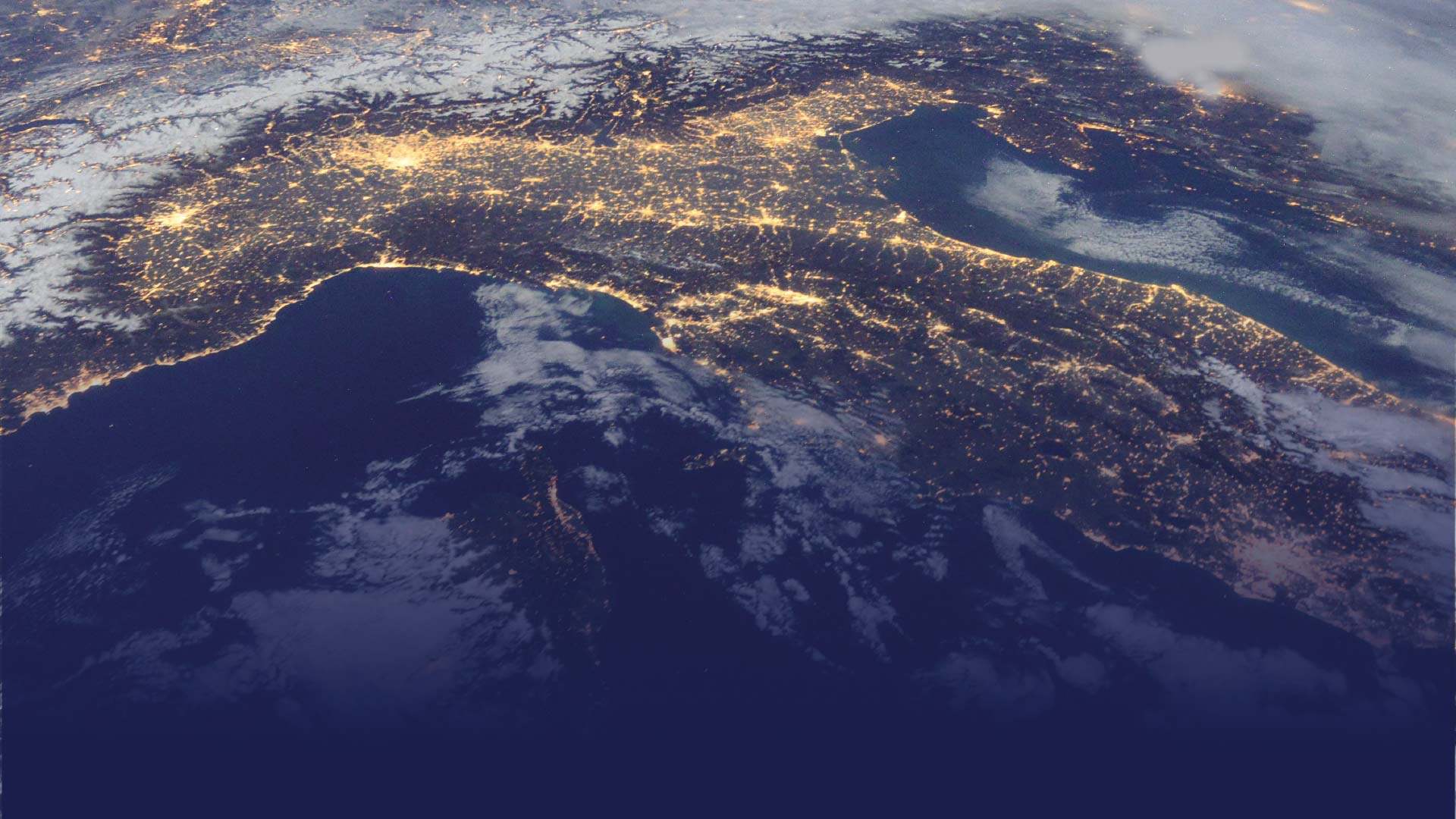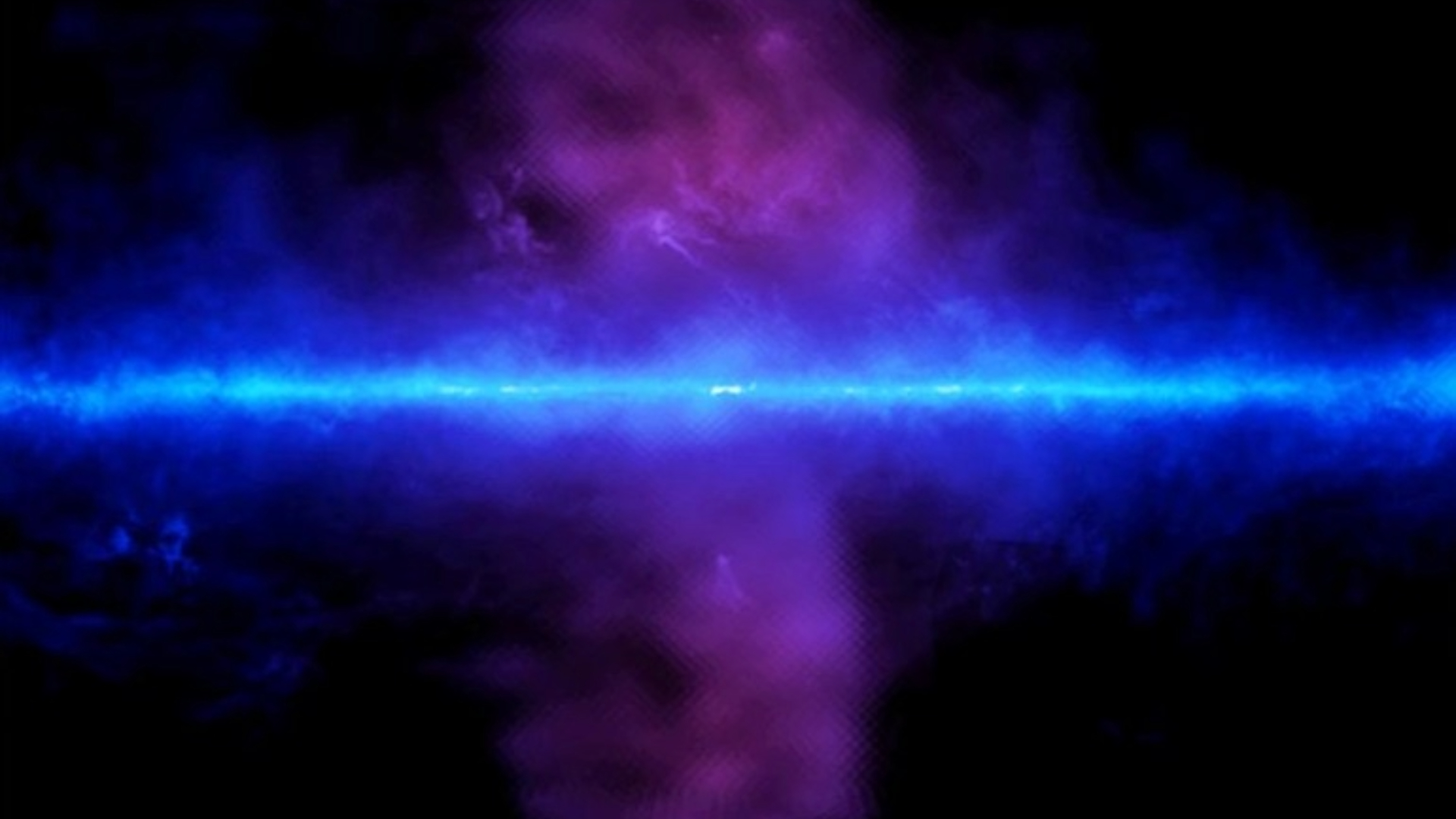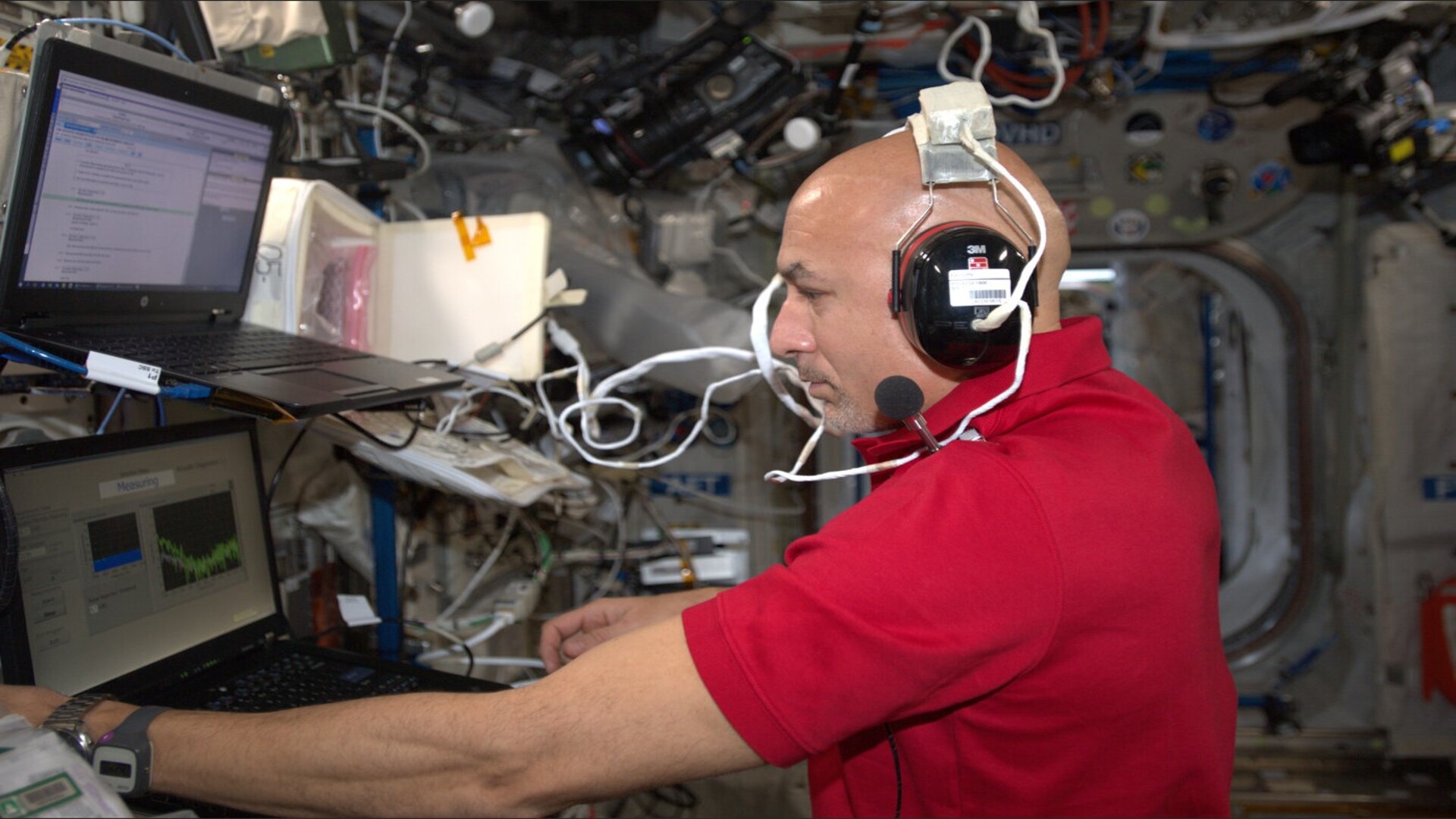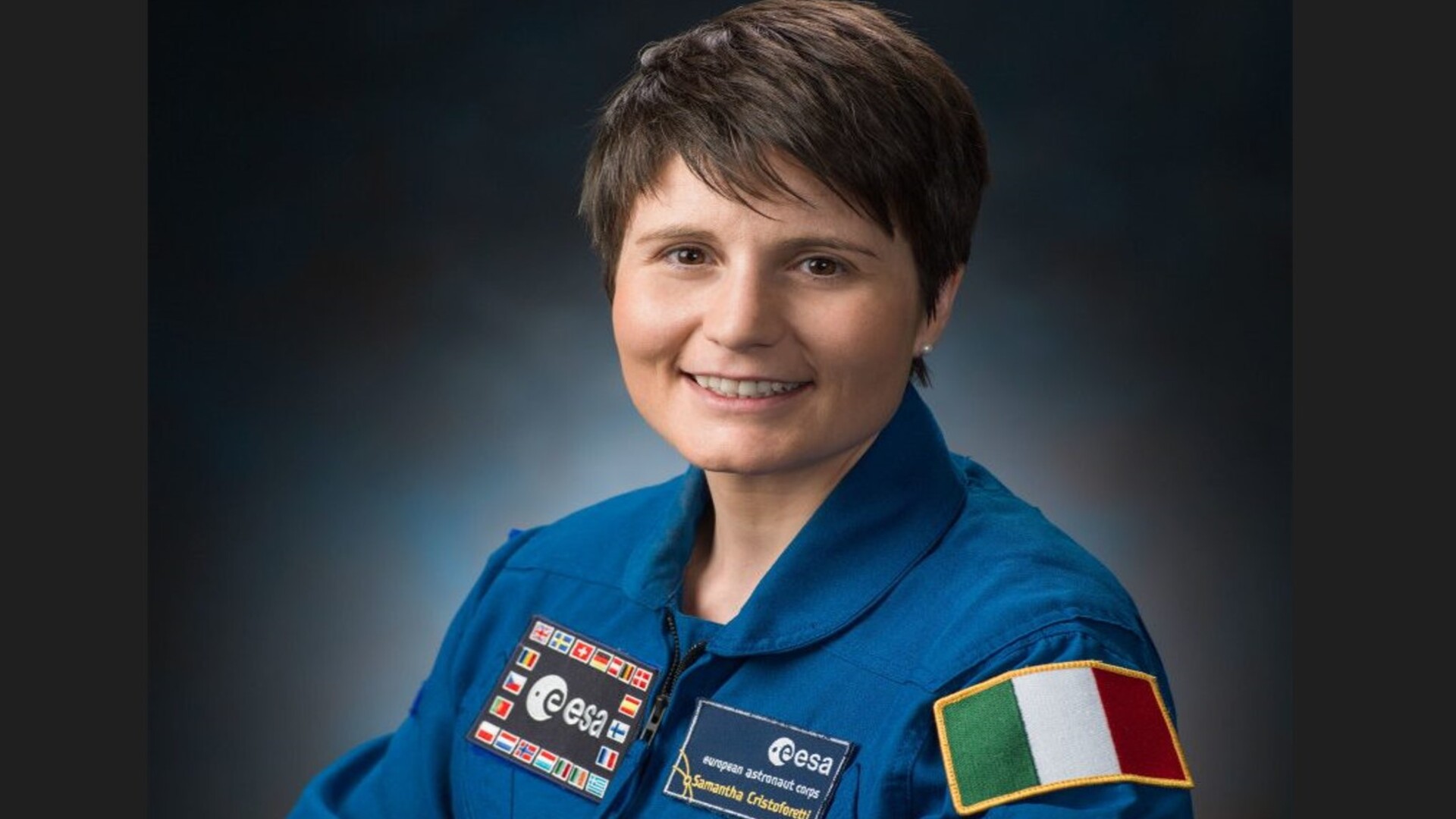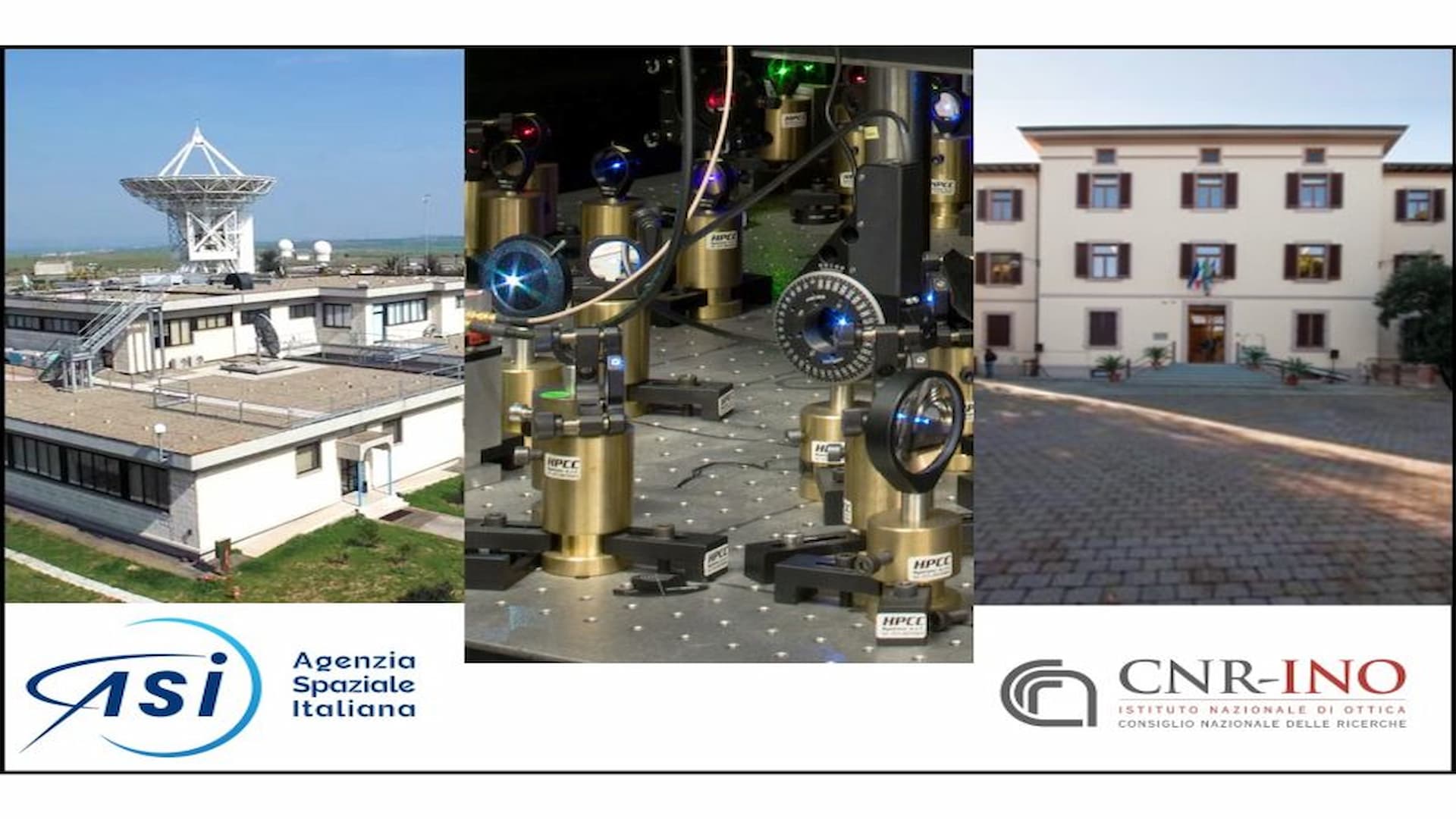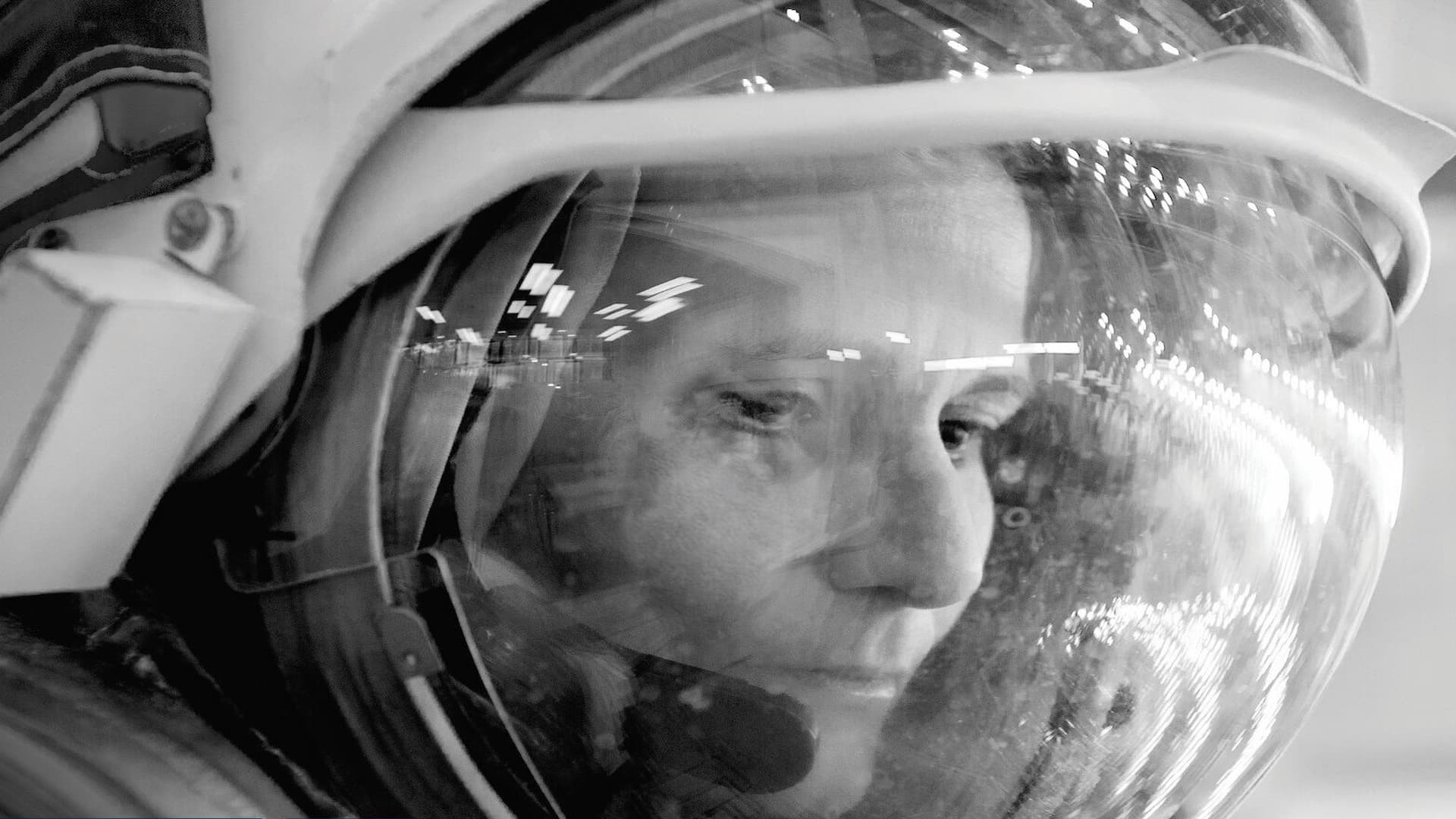Long-duration space ights result in increased cosmic radiation exposure to astronauts. The ALTEA (Anomalous Long Term E ects in Astronauts') hardware is designed to measure particle radiation in the space environment, and determine how this radiation impacts the central nervous system (CNS) of the crew. The experiment is comprised of a helmet-shaped device holding 6 silicon particle detectors designed to measure cosmic radiation passing through the brain. The detectors measure the trajectory, energy, and species of individual ionizing particles. At the same time an electroencephalograph (EEG) will measure the brain activity of the crewmember to determine if radiation strikes cause changes in the electrophysiology of the brain in real time.
A common e ect of radiation exposure that is reported by astronauts is the perception of light ashes. The actual mechanism of these light ashes is not understood. Earlier studies on the MIR space station suggest that both heavy nuclei and protons trigger abnormal CNS responses. A Visual Stimulator tests the astronaut's overall visual system, including dark adaptation stimuli to monitor visual status. While not manned, the ALTEA hardware provides a continuous measure of the cosmic radiation in the ISS U.S. Laboratory, Destiny. The neurophysiological e ects of cosmic radiation in long term space travel have never been explored with the depth of the ALTEA experiment. Data collected will help quantify risks to astronauts on future long- duration space missions and propose optimized countermeasures.

